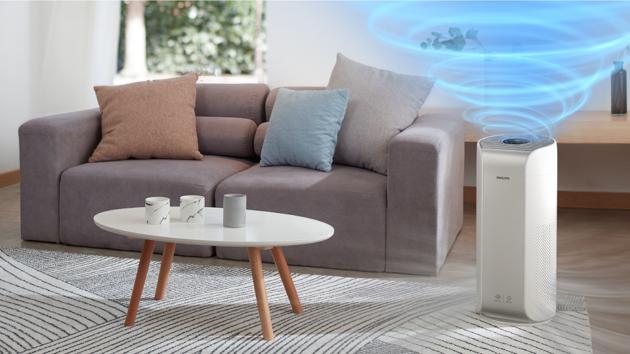Removing the sources of pollution and replacing them with clean outdoor air are the most excellent strategies to enhance the quality of air within a building. When those aren't options or won't do the trick, you can install the best HEPA air purifier in individual rooms that can make a difference.
Single-room air purifiers are more cost-effective than whole-house systems. (A whole house air purifier is connected to the HVAC system in a house.)
When Choosing an Air Purifier, What to Look for
1. Filters should be replaced (or cleaned if vacuumed) every three months for activated carbon filters and half yearly or annually for pleated filters. Most air purifiers have a filter change/cleaning indication light indicating when the filters must be changed. There is a wide variety of filter prices, from $20 to over $200. Carbon-based odor-control filters might set you back up to $50.
2. You may wish to check the package for a few certification labels. The Energy Star symbol is the first. Considering the cost of continuously running the air purifier in your budget would be best. Air purifiers with the Energy Star label are 40% more efficient than those without it.
3. If an air purifier bears the AHAM Verified seal, you know it is adequate for the specified room size. However, it would be best if you treated product statements with caution. Many of the air purifiers that are examined fall short of the claims they make about the size of the rooms they can clean. Evaluations will let you know which models fared best in each category, and you can then use that information to determine what air purifier would be best for your room and your needs. You may also want to think about going up a size since most units designed for rooms 350 square feet or more in size will perform adequately even at reduced speeds when used in smaller spaces. Lower speeds are generally quieter, making them more suitable for use while watching television or sleeping.
4. Consider the noise level a potential air purifier produces while making your decision. These devices are intended to be left on constantly; thus, they must be as quiet as possible. Before making a purchase, check the product's packaging or online listing to see what decibel level it has been rated at (for comparison, the hum of a refrigerator has a rating of about 50 dB). The noise levels of various models, when operating at high and low speeds, are also rated in the best HEPA air purifier reviews.





